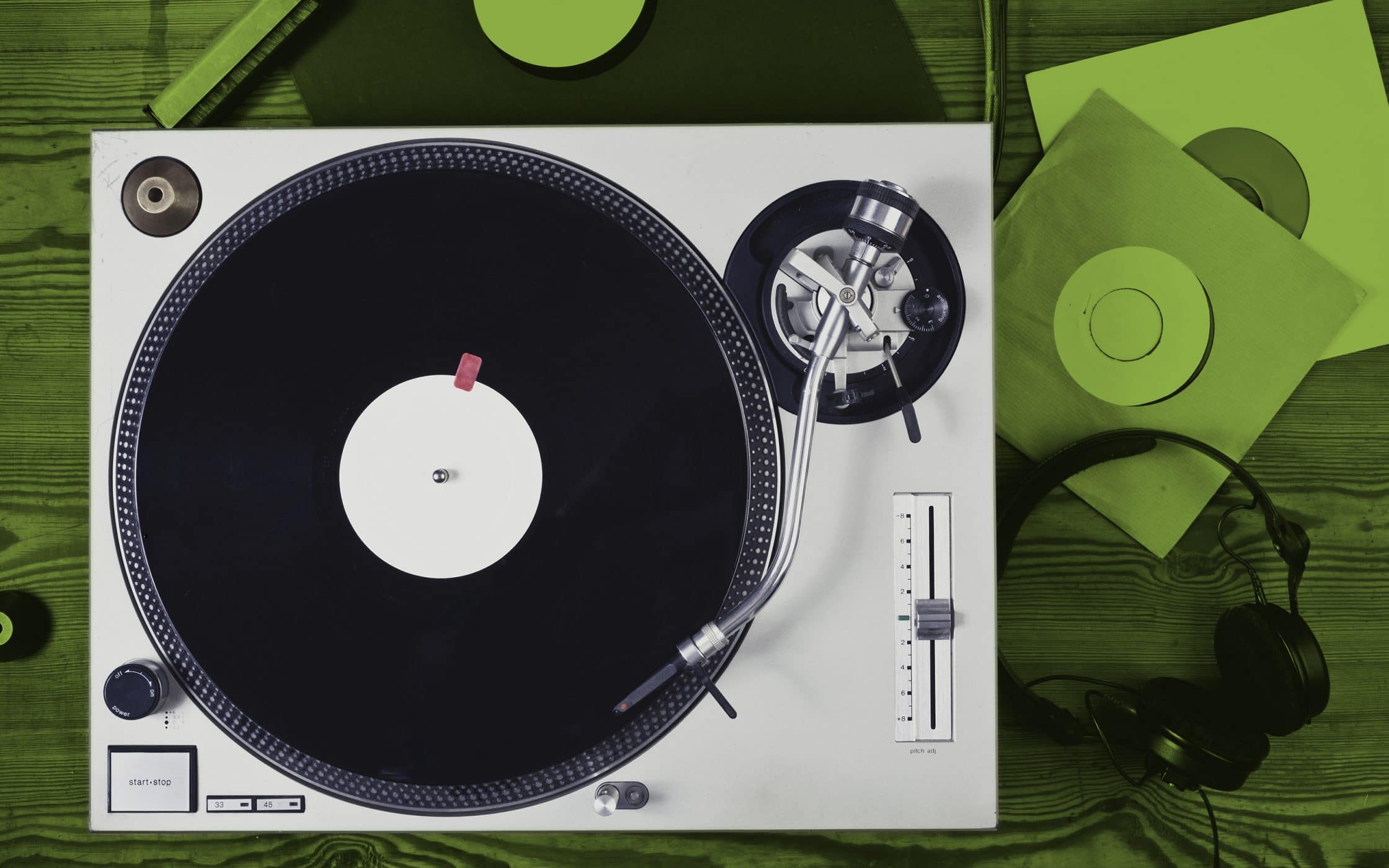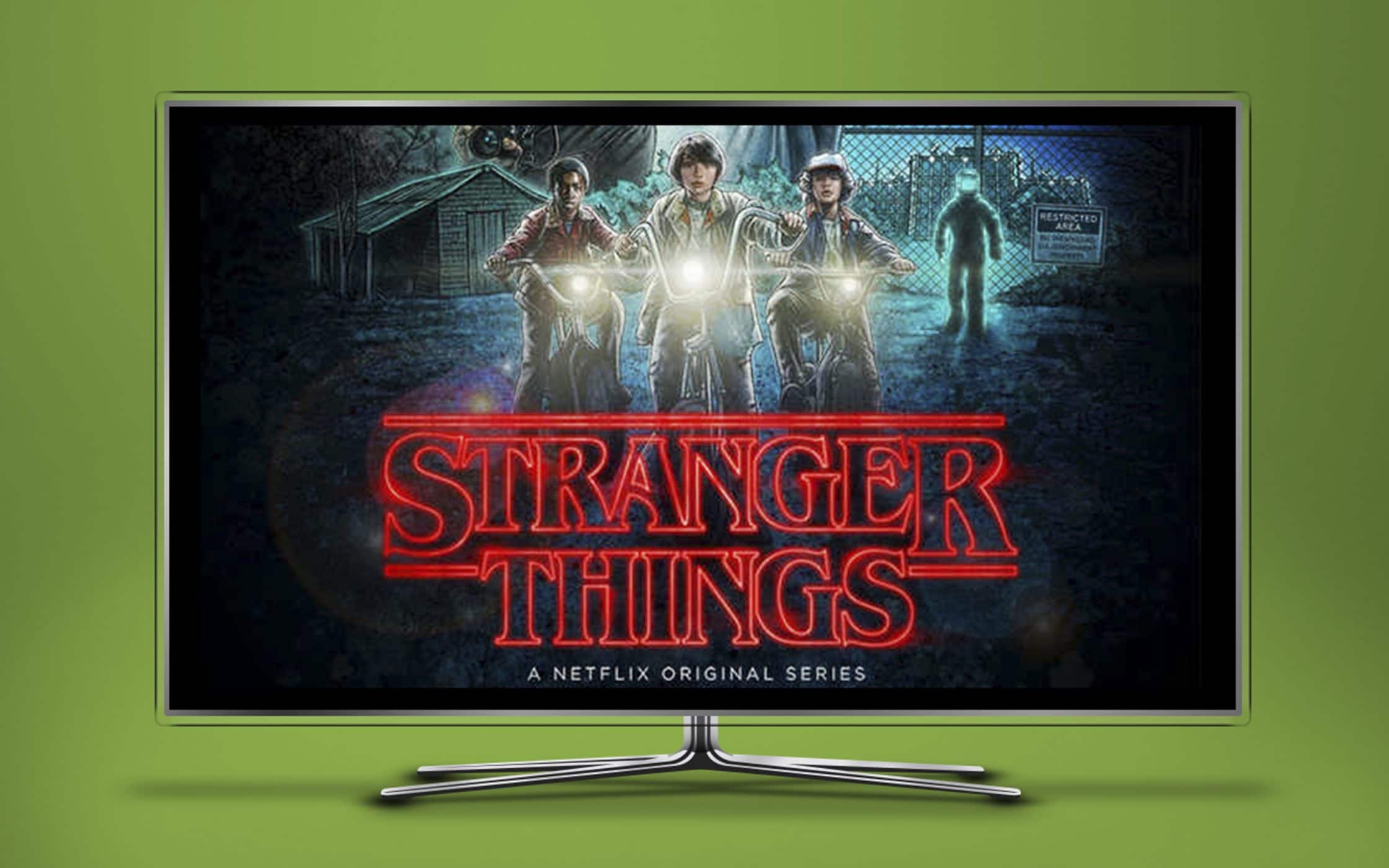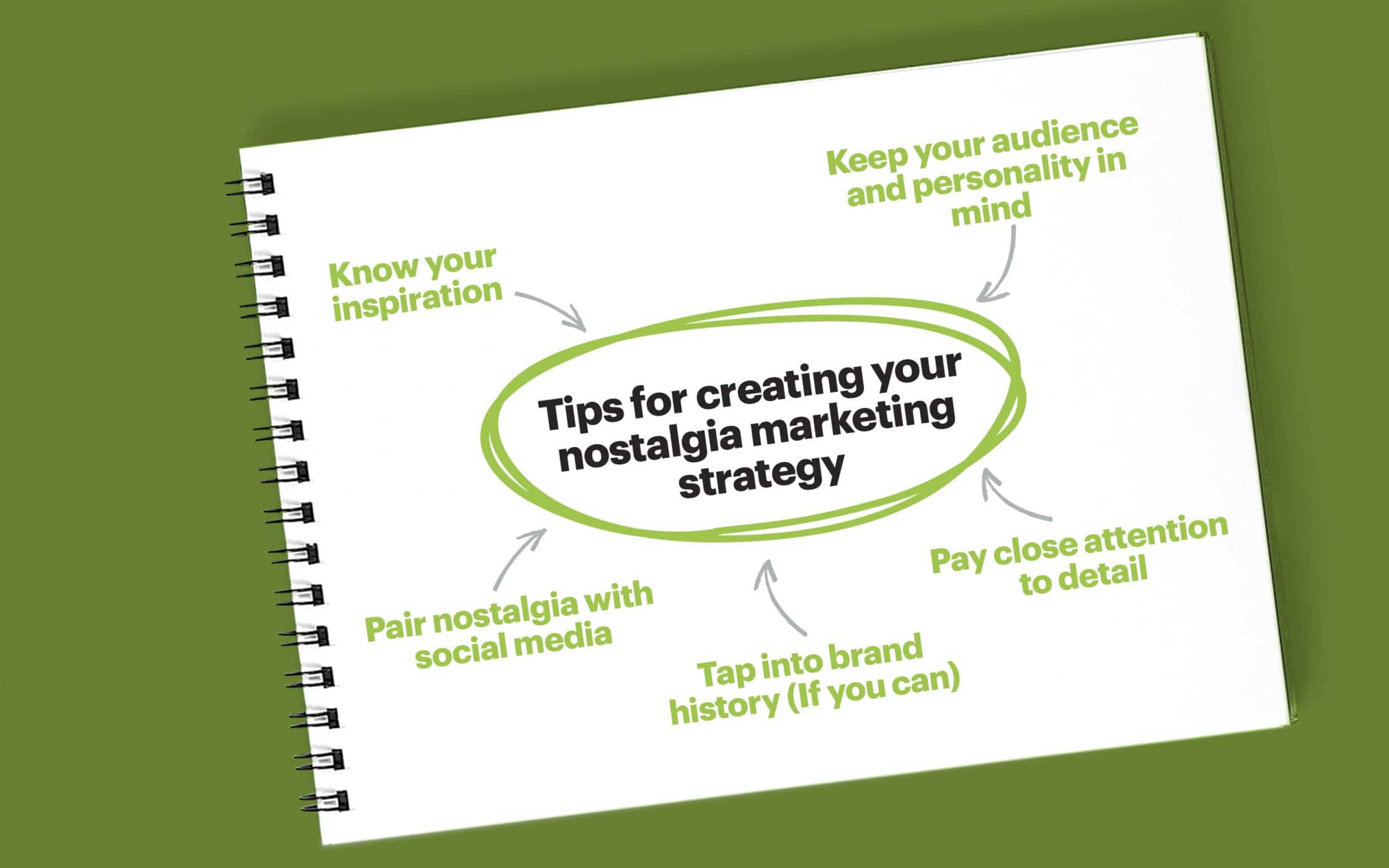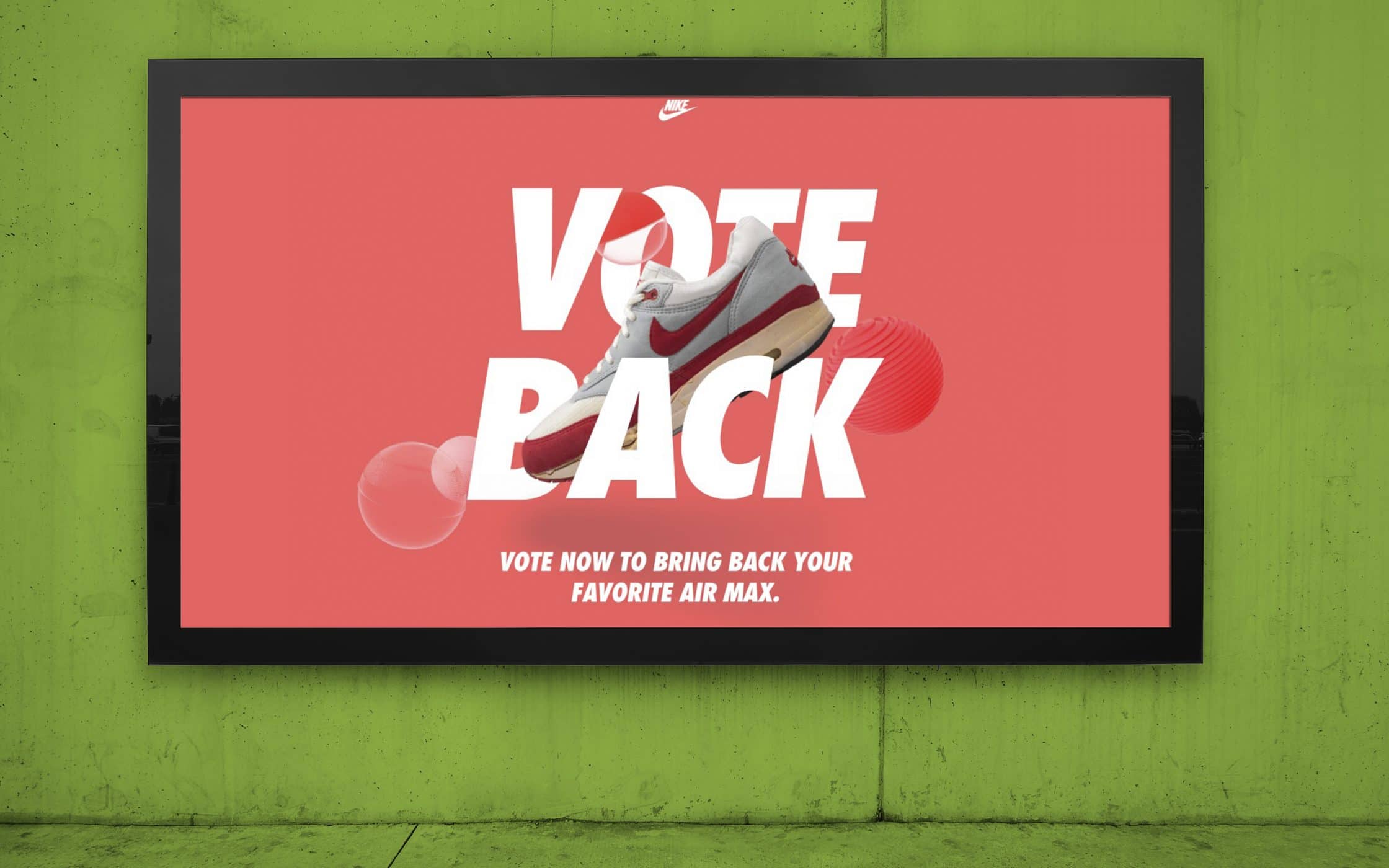Passion for the past: Nostalgia marketing and the retro revolution

Nostalgia is a powerful thing.
In a world that seems to be evolving at break-neck speed, immersing yourself in nostalgia is like wrapping yourself in a comfortable blanket of “the good ol’ days”, when things were simpler, and you didn’t have embarrassing Instagram photos to worry about.
Research shows that nostalgia gives our lives a sense of continuity and meaning as we get older. That grimy Gameboy on your bookshelf and your growing collection of vinyl records remind you of your younger, more playful years. Now, companies are beginning to recognise the value of nostalgia in advertising, as a way of convincing customers to part with their hard-earned cash.
Studies suggest that nostalgia inspires consumers to spend their money because it promises an immediate return in the form of happy memories and comfort. This is why nostalgia marketing campaigns have grown increasingly popular in recent years, as brands begin to discover the value of connecting with their customers on a more in-depth, emotional level.
The good news? You don’t have to be a decades-old business to enjoy the power of a nostalgia marketing strategy. Any company has the capacity to connect with old ideas and beloved concepts. With a little planning, even the most modern company can join the retro revolution, and design a heart-warming nostalgia marketing strategy.

What is nostalgia marketing and why does it work?
Whether it’s Pokémon fever, choker necklaces, or vinyl records, the trends emerging over the last couple of years have highlighted the value of nostalgia marketing. No matter whether you’re a teenager daydreaming about the cartoons of your youth, or a middle-aged exec fantasising about simpler days, nostalgia has something special to offer all customer groups – and that’s what makes it such a powerful marketing strategy.
As we age, we all develop fond memories of our younger days, from the food we ate to the games we played, and even the music we listened to. After all, our experiences of the past are what help to form our personalities, and identities in the present.
When it comes to finding a nostalgia marketing definition, the easiest way to explain the concept is to look at it as a way of aligning advertising campaigns, with things that provoke emotional responses from the past. We already know that emotional marketing has power, convincing customers to act, and advocate on the behalf of their favourite brands. However, tapping into strong memories can be one of the most powerful ways to elicit emotion – particularly if you’re targeting a millennial audience.
Research tells us that nostalgia counteracts boredom, loneliness, and anxiety. It also makes people more tolerant of outsiders, and more generous to strangers. In fact, nostalgia can literally make people feel warmer on a cold day. Some research even suggests that nostalgia can be triggered as a way of coping with difficult life transitions and stressful moments. In other words, nostalgia marketing campaigns aren’t just a strategy for selling, they’re a psychological phenomenon.
In today’s highly competitive marketplace, nostalgia in advertising can allow both new, and old brands to connect with their audience on a powerful emotional level. Already, some of the most significant companies in the world have begun to show us just how useful this tactic can be. From iconic fashion brands like Vivienne Westwood to famous fast food restaurants, there seems to be room for nostalgia in every industry vertical.
Brands like Nike and Pepsi are already using retired designs and logos from the past, announcing them as “throwback” options or “retro” products. Shows and movies are tapping into old design features and strategies to tickle the nostalgic nerves of their watchers.
The question is, how can you create your own nostalgia marketing campaigns?

Amazing nostalgia marketing campaigns: Ideas for inspiration
When looking for the answers to questions like “What is nostalgia marketing?” a lot of companies expect to get a response that confirms this form of advertising is only successful for brands with a pre-established presence in the industry. However, the truth is that you don’t have to have any background in your marketplace to find your nostalgia marketing definition.
One excellent example of how new concepts can tap into old ideas is the “Stranger Things” sci-fi show. Released as a Netflix original, the show features references, music, and images that play homage to some of our favourite thrillers, including E.T., the X-Files, and more. However, this show isn’t a remake or sequel, it’s a completely original piece of content that combines nostalgia with new ideas, dilemmas, and characters.
By looking at ideas like Stranger Things, and examples from other brands that have used nostalgia marketing strategy so effectively in the past, even the most forward-thinking start-up can discover the power of looking back.
Here are just a few incredible examples of nostalgia in advertising, to help inspire your next campaign:
1. Coca-Cola
Coca-Cola has long presented itself as a lover of nostalgia. Every year, we get a dose of good memories in the form of the 1930s Christmas imagery. In 2014, after Cola chose to discontinue its citrus-flavoured drink “Surge”, three fans got together to create a petition demanding the beverage be re-introduced to stores.

Unsurprisingly, Coca-Cola was happy to oblige their customers, by bringing a limited supply of Surge back to the US, where it was sold exclusively on Amazon for a while before it rolled out into convenience stores across the country. The Surge revival was successful because Cola didn’t use nostalgia marketing to force an old idea on a new audience. Instead, it simply responded to the requests of its customers, to generate goodwill and loyalty among its fans.
2. Spotify
In 2016, everyone’s favourite music streaming service, Spotify, delivered a new spokesperson to the marketplace in the form of Falkor and Atreyu from the hit movie “The NeverEnding Story”. To make the nostalgia marketing campaign even more impressive, the company behind the advertisement got the original actors for both characters to reprise their roles.
The video is effective because it appeals to the millennial audience most likely to use Spotify in the first place. By using the soundtrack from the movie in the advertisement, Spotify could combine their underlying focus on music, with a nostalgic theme, to inspire and delight their customers.
3. Adobe
After Netflix added the classic Bob Ross TV show to their lineup “The Joy of Painting”, the beloved 80s artist saw a huge resurgence in popularity during 2016. In a matter of weeks, Bob Ross became a meme, a source of cult appreciation, and a trending topic on Instagram. Technology brand Adobe took notice of this trend and decided to use it in their nostalgia marketing strategy, creating a series of tutorial videos to promote their “Adobe Photoshop Sketch” application for the iPad Pro.
The joy of sketching campaign was fantastic because it not only accessed the benefits of nostalgia in advertising, but also took advantage of the trends of the time. The company even worked alongside Bob Ross Inc to make sure every detail in the “Joy of Sketching” series was accurate.
4. Apple
Apple might be the world’s favourite technology company, and part of that has to be attributed to its incredible marketing plans. The brand is well-known for using some of the most high-profile celebrities in the world in their advertising efforts. However, in 2016, the business upgraded their advertisements with a new interest in nostalgia marketing for the iPhone 6.
Apple turned to the Cookie Monster for help creating an ad that appealed to the nostalgic side of their audience, while portraying a more fun and accessible side to their brand. The nostalgia marketing campaign might have been an attempt by the technology company to remind their customers that they’re still capable of cutting loose, even if their main focus remains to be on innovating new technology.
In an effort to engage customers even further, the branding agency behind the advertisement also released a hilarious series of “bloopers” designed to tap into that heart-warming feeling customers got when watching their favourite childhood character on-screen.
5. Pepsi
Refusing to be outdone by its nemesis, Coca-Cola, Pepsi has also used nostalgia marketing strategy as a way of capturing their audience and strengthening emotional connections. Like Cola, Pepsi also brought back a discontinued drink from the 90s, “Crystal Pepsi”, as part of a limited-time run in 2016. The brand promoted their upcoming revival of the drink with a range of incredible advertising campaigns that built upon their existing nostalgic strategy.
One of the most appealing parts of the campaign was a game called the “Crystal Pepsi Trail”, which drew inspiration from the “Oregon Trail” game of the 70s, updated with a range of 90s call-backs like Tamagotchis and Furbies.

Pepsi also created a drink called “Pepsi Throwback”, which is a form of the current beverage that uses much of the recipe that the drink stuck to back in the 80s, with cane sugar instead of high-fructose corn syrup.
6. Nintendo
The video game industry might be one of the biggest areas to benefit from the growing popularity of nostalgia marketing. Millennials are by far the most responsive to nostalgia in advertising, and they’re also the generation that grew up playing games on consoles made by Nintendo, Sony, and Sega. This might be why Nintendo was so quick to jump on the Nostalgia marketing strategy idea, by creating a mini version of their NES, complete with 30 games.

According to the president of the company, the release of the miniature NES was intended to give customers a chance to re-experience the reasons that they fell in love with Nintendo right at the beginning of their journey into gaming. The NES classic model might not be a perfect throwback to the original, but it’s a great way to soothe your nostalgic urges if you miss the games of the past, and want a break from the ever-changing marketplace.
Tips for creating your nostalgia marketing strategy
Nostalgia marketing is a simple concept. It’s all about using old, familiar concepts known for developing happy connotations and fond memories, to build trust for new ideas and brands. What better way to convince your customers that you’re worthy of their time than to associate your company with something they already love?
With nostalgia marketing campaigns, companies of any age and background can link their brand purpose with old ideas to evoke feelings of security, comfort, and engagement in their audience. While this tactic has been around for several years now, it’s begun to see a particularly strong resurgence recently, as millennials search for a sanctuary from the stress and confusion of the digital age.
Although it’s true that any company can use nostalgia in advertising to grow their brand, it’s also worth noting that it can be difficult to get the “feel” right, without some careful planning and attention to detail. If your nostalgic strategies don’t align with your brand values and personality, then you’ll simply convince your audience that you’re willing to adopt any strategy in an attempt to get them to buy from you – regardless of whether it fits or not.
If you’re thinking about using the nostalgia marketing route to gain more traction with your customers, here are a few things you’ll need to think about first:

1. Know your inspiration
No matter the theme or drive, a good marketing strategy should always have a purpose. If you want to use retro ideas effectively in your new campaign, then you need to ask yourself: “What is nostalgia marketing, and why is it a good selling point for my brand?” How can you make nostalgia work well for your current campaign, and what features will you need to think about to ensure that you get the attention of your audience? Some of the best reasons to use nostalgia in advertising include:
- Reviving a product or service that was discontinued in the past.
- Commemorating a milestone or company anniversary.
- Giving your brand a fresh image to reinstate yourself within the hearts of your audiences (such as a brand refresh or rebrand).
- Highlighting a change in the company, such as a collaboration with a new partner, a focus on different brand goals, or the decision to change a name, or logo.
Make sure there’s a strong reason behind your campaign before you start exploring opportunities for nostalgia marketing.
2. Keep your audience and personality in mind
The key to any marketing campaign is understanding the needs and preferences of your audience. Before you can engage in a powerful nostalgia marketing strategy, you need to make sure that you’re drawing images and ideas from the right generation, to appease the right demographic. Think about the age-range of your target audience, and make sure that you research their preferences in detail when you’re building your plan.
At the same time, make sure that any tactics you choose blend perfectly with your existing personality and brand tone of voice. Adapting to retro marketing ideas doesn’t necessarily mean giving up on the character you’ve created for your company. The more consistent you are, the more successful you’ll be in convincing your customers to associate your brand with their favourite memories.
3. Pair nostalgia with social media
If nostalgia is the bait for your marketing campaign, then social media is the fishing rod. It’s an ideal way to start introducing your audience to your latest strategy, as nostalgia is an inherently emotional experience. People don’t just want to enjoy the memories of a nostalgic image or sound, they want to be able to link their friends and family members to the experience and say “Hey, remember this?”
Hashtags like #FBF (Flashback Friday), and #TBT (Throwback Thursday) are a common way for brands to show off their love of the past while establishing brand legacy, and stirring up old memories with their audience.
In a world where 71% of buyers are more likely to buy a product that appeals to them on a personal level, nostalgia marketing is your chance to connect with your audience through the emotions that are linked to their deepest, fondest memories. By taking the experience to social media, you increase the impact of your campaign instantly, by naturally starting conversations about those memories.
4. Tap into brand history (If you can)
If your company has already been around for some time, then a great way to increase the impact of your nostalgia marketing strategy, is to tap into some powerful brand history. For instance, the Sony video from 2013 that celebrated gamers from across the generation is a great example of how brands can combine nostalgia with brand positioning.
A brand that’s been around for even a couple of years can build on their nostalgia strategies by reminding their customers of the good experiences that they had with them on previous occasions. For instance, in the PlayStation example above, Sony was reminding their audience of the good memories they had made together in the past and convincing them that more great memories could be made in the future if they only bought the latest console.
5. Pay close attention to detail
Finally, when it comes to nostalgia marketing, it’s worth remembering that your entire campaign doesn’t have to be embedded firmly in the past. In fact, it’s generally a good idea to combine retro concepts with new ideas to make the experience more engaging and exciting for your customers. For instance, the Stranger Things group, created a “lightbulb message generator” to combine the modern technology world, with the nostalgic concepts they use in their show.
However, while it’s okay to combine your nostalgic campaign with modern elements, it’s important to make sure that you’re paying close attention to the details that matter. Remember that authenticity is key to your nostalgia marketing strategy. The title sequence in “Stranger Things” was captivating because it featured the same music and formatting of the 80s.

Nostalgia in marketing: Why millennials crave memories
Ultimately, nostalgia marketing campaigns work because they resonate with positive memories and beloved ideals from the past. These strategies allow customers to relive their fondest moments, ignoring the stress of responsibilities and chaos that plagues us in the present.
The better we feel when experiencing a new, or old brand, the more open we are to the messages of that company. At the same time, because nostalgia makes us feel something, we’re more likely to act too. When brands use creativity to develop a “blast from the past” for their audience, they’re more likely to reach them on an emotional level – which is essential to strong marketing.
In an age that’s plagued by impersonal digital connections, nostalgia allows brands to leverage the optimistic feelings that come with a walk down memory lane. References to the past help to humanise brands, creating that sense of alignment that we all feel when we think about our past.
Nostalgia is also a compelling tool for engagement. When customers feel nostalgic, they’re naturally inclined to share their thoughts and feelings. For instance, when you taste a treat from your youth, you don’t just want to enjoy it by yourself, you want to share the experience with people who you know share the same memories as you. That makes nostalgia a natural way to make campaigns inherently sharable.
Of course, like anything else in the world of branding, while nostalgia in advertising can offer a lot of benefits to companies who use it correctly, it also has some risks to think about too. If you rush into employing nostalgia without thought and planning, then you could ruin, rather than improve your reputation.
As always, successful campaigns – nostalgic or otherwise – will take work and authenticity. The key is figuring out how to identify the most important moments in your customer’s timeline and use those memories to enhance the identity of your company. Nostalgic marketing works best when companies understand their audience, keep their finger on the pulse of the existing culture, and listen to what people crave the most.
If you enjoyed this article, you might enjoy these too:
— Quintessentially British brands: Pashley Bikes
— Everything you need to know about brand purpose











